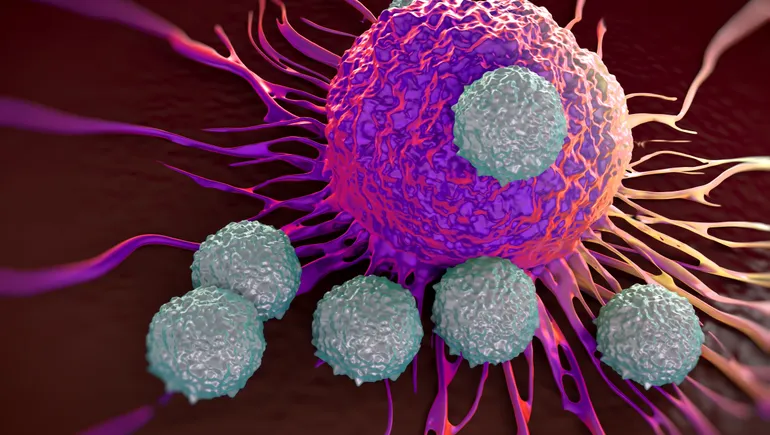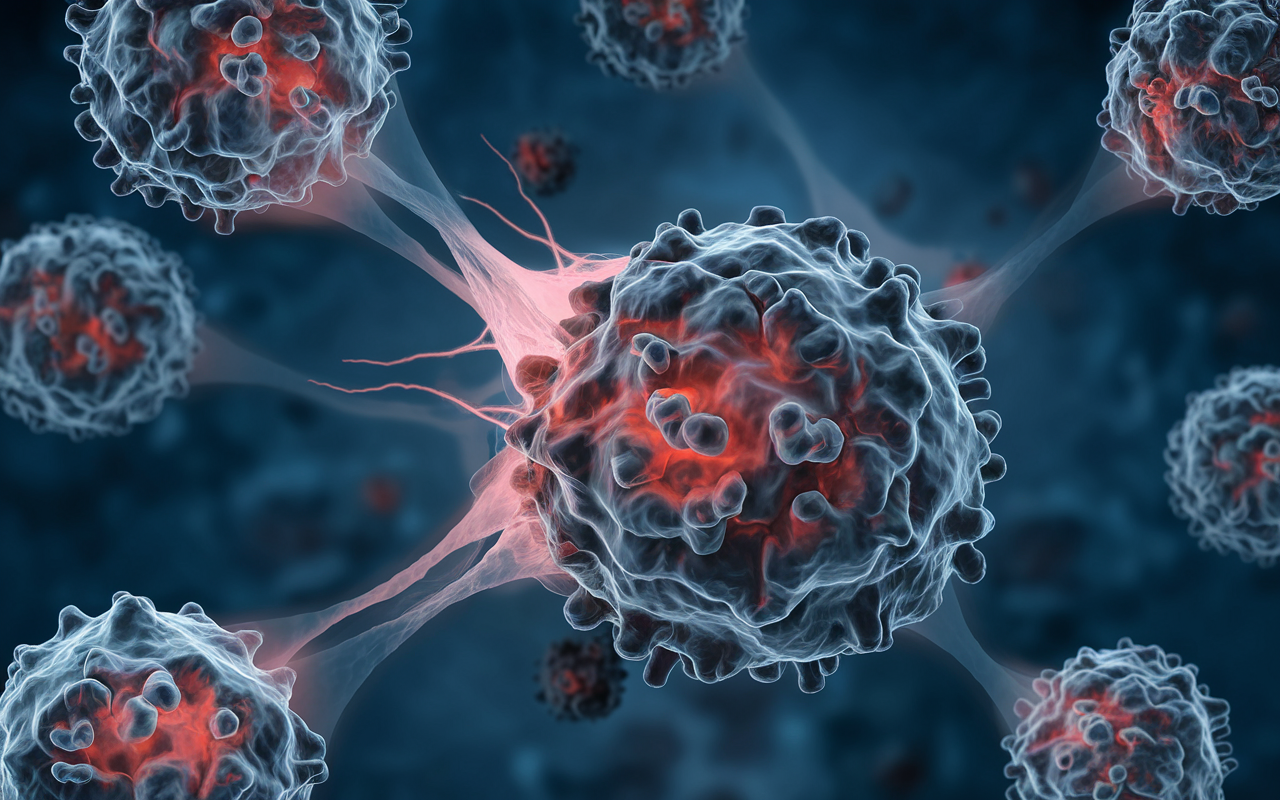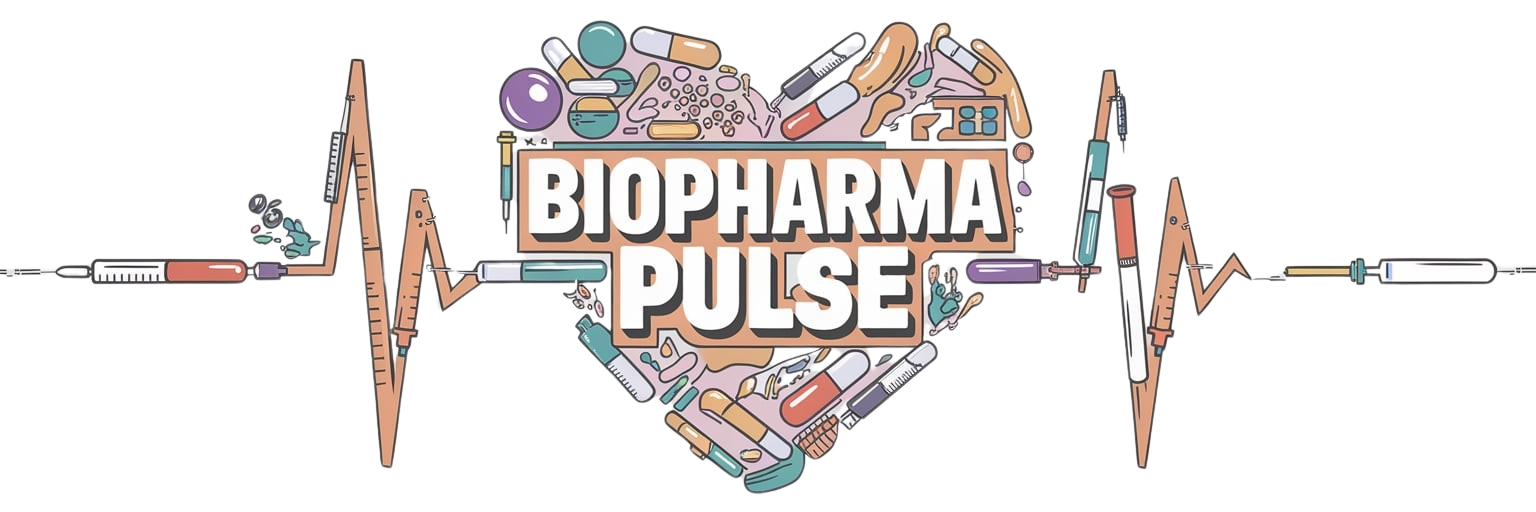Greetings, BioPharmaPulse Community
Cancer remains one of humanity's most formidable challenges, but recent innovations are lighting the path towards transformative treatments. In today's issue, we delve into a groundbreaking gene therapy poised to revolutionise cancer care.
What's in this issue:
- 🧬 Discover the latest gene therapy offering hope for multiple myeloma patients.
- 🔬 Unpack the science behind a new cancer treatment working without oxygen.
- ♻️ Learn how old drugs are finding new tricks in the fight against cancer.
- 🚀 Stay updated on significant shifts within leading biotech companies.
Quote of the Day
"Every once in a while, a new technology, an old problem, and a big idea turn into an innovation." – Dean Kamen
Latest Developments
🧬 Cancer Cell Therapy from Arcellx and Gilead Shows Promise in Early Data (2 minute read)

Rundown: A promising new cell therapy developed by Arcellx and Gilead Sciences has shown remarkable results in treating multiple myeloma, a type of blood cancer. In early clinical trials, 95% of patients with advanced stages of the disease experienced a significant reduction or elimination of cancer cells.
Key Points
- 🔹 High Efficacy: Anitocabtagene autoleucel demonstrated a 95% overall response rate.
- 🔹 Improved Safety Profile: None of the trial participants experienced movement disorders caused by nerve damage, a common side effect in similar treatments.
- 🔹 Potential Alternative: The therapy could offer a safer option compared to existing treatments like Carvykti.
Why it matters: This breakthrough brings new hope to multiple myeloma patients, offering a potential therapy that combines high efficacy with a better safety profile. It signifies a significant step forward in gene therapies for cancer, potentially improving quality of life for those affected.
🔬 New Anti-Cancer Agent Works Without Oxygen (1 minute read)

Rundown: Scientists have developed a novel anti-cancer agent effective in low-oxygen environments typical of rapidly growing tumors. Traditional treatments often struggle in these hypoxic conditions, but this new agent overcomes that obstacle.
Key Points
- 🌟 Targets Hypoxic Tumors: Effective against cancer cells in low-oxygen areas.
- 🌟 Overcomes Resistance: Potentially effective where conventional therapies fail.
- 🌟 Broad Applications: Opens avenues for treating aggressive cancers that outpace their blood supply.
Why it matters: This innovation could revolutionise treatment for aggressive cancers, enabling therapies to reach and destroy cells previously considered untouchable. It's a leap forward in creating more effective cancer treatments.
♻️ An Old Drug with New Tricks (1 minute read)

Rundown: Researchers are repurposing existing drugs, such as the anti-malarial hydroxychloroquine, to enhance cancer treatment. By blocking cancer cells' resource supply, these old drugs are finding new applications in oncology.
Key Points
- 💊 Disrupts Autophagy: Blocks cancer cells' ability to recycle resources.
- 💊 Enhances Effectiveness: May improve the outcomes of current cancer therapies.
- 💊 Cost-Effective Approach: Utilises well-known drugs to accelerate treatment development.
Why it matters: Utilising well-known drugs accelerates the development of new cancer treatments. This strategy can bring effective therapies to patients faster and at a lower cost, broadening access to innovative care.
Question of the Day
🤔 How optimistic are you about the future of gene therapies in cancer treatment?
Trending
🚀 Vertex's Casgevy Breaks Ground with First Commercial Patient Infusions
- Vertex introduces Casgevy, advancing treatment options for sickle cell disease.
💰 Syndax Inks $350M Deal with Royalty Pharma
- A significant move to launch two new cancer drugs, expanding therapeutic possibilities.
🧠 Beam Hits Hemoglobin Goal in First Base Editing Clinical Data
- Beam Therapeutics showcases potential of base editing in treating genetic diseases.
Industry Insight
🔎 Demystifying Gene Therapy: How It’s Changing Cancer Treatment
Gene therapy involves modifying genes within the body's cells to treat or prevent disease. In cancer treatment, this can mean repairing defective genes, introducing new genes to help fight cancer cells, or making cancer cells more visible to the immune system.
By harnessing the power of gene therapy, scientists aim to target cancer at its genetic roots, potentially offering treatments that are more precise and have fewer side effects than traditional therapies.
Quick Hits
🛡️ Sana Narrows Focus Again to Zero in on Diabetes and Autoimmune Disease (1 minute read)
- Sana Biotechnology refocuses its pipeline, emphasizing treatments for diabetes and autoimmune diseases.
📊 Zealand Details Phase 1 Obesity Data for Amylin Drug (1 minute read)
- Zealand Pharma's new data could pave the way for innovative obesity treatments.
🗳️ Sutter Health CEO Donates to Harris (1 minute read)
- An interesting move in healthcare politics as Sutter Health's CEO supports Vice President Harris.
📄 Ionis Announces FDA Acceptance of New Drug Application for Donidalorsen (1 minute read)
- A step forward in treating hereditary angioedema with donidalorsen's FDA review acceptance.
🌐 FDA Roundup: November 5, 2024 (3 minutes read)
- Stay informed on the latest FDA news and approvals impacting the industry.
Wrap Up
Thank you for joining us in exploring these exciting advancements in gene therapy and cancer treatment. The biopharmaceutical landscape is ever-evolving, and together, we're witnessing breakthroughs that bring hope to countless lives. Stay curious and stay informed.
Warm regards,
Elliot Reeves
📣 How did you like today's email?
- 😄 Loved it
- 😊 It was OK
- 😕 Could be better
